How the Arc’teryx Tokyo Creation Centre is all about craft, openness and cross-pollination
Arc’teryx launches its Tokyo Creation Centre, a hub for craftsmanship designed by Torafu Architects, embodying the brand's ethos

When Arc'teryx set out to evolve its business to incorporate its appreciation for craft, the Canadian outdoor clothing brand looked to Japan. Japanese artisans are globally recognised for their forensic attention to detail, so it’s little wonder that the brand chose to create a dedicated design hub in the country. Dubbed the Tokyo Creation Center (TCC) the project was conceived as a base for designing and creating innovative prototypes and products, as well as a local community gathering space where fans of the brand can flaunt their treasured Arc’teryx pieces.

The Arc'teryx Tokyo Creation Centre
The brand’s name derives from Archaeopteryx Lithographica – the first reptile to develop feathers for flight and adapted for climbing – and symbolises Arc'teryx’s ‘disruptive evolution and human progress in the outdoors’, as the brand states in its manifesto. In the same context, the TCC’s ultimate goal is to invite in everyone and everything that influences an Arc'teryx project and allow the ensuing interaction to inform and push forward its development process. This cross-pollination and openness show in everything the brand touches – from new products to the concept of the TCC.
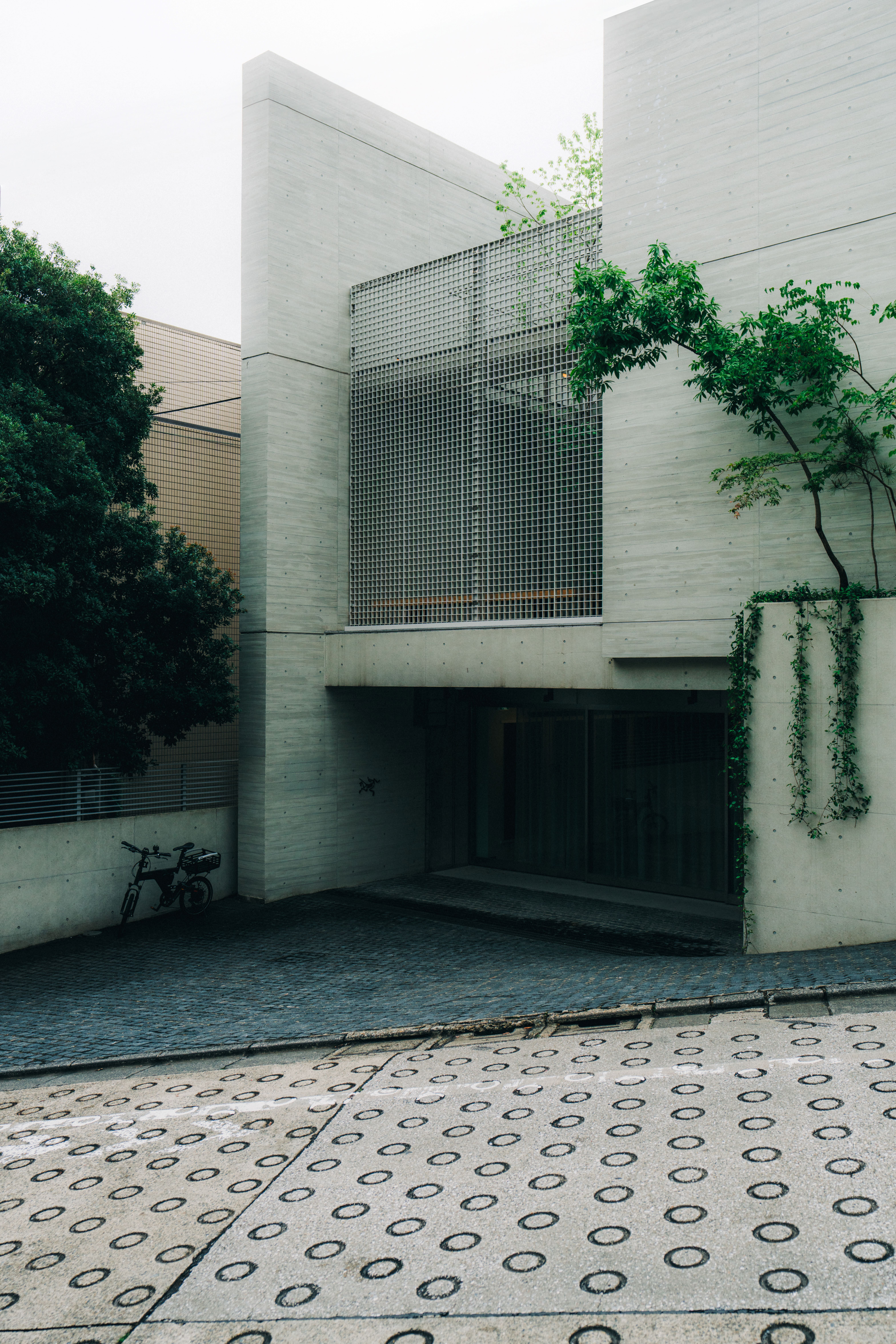
For Arc'teryx, the goal is not only to make products, but to develop a deep artistry with a practical focus on problem-solving. ‘This philosophy has been part of the brand since the beginning,’ says Katie Becker, the brand’s chief creative officer. ‘We could take four years to make that one thing and there's no deadline for us. Plus, the fact that athletes are part of the design process [is crucial]. I always say, in Vancouver, we're designing, but then we take it into the mountains, and that's where we get proof of concept.’

Senior creative consultant Kei Hirosawa first encountered the brand while searching for new products for Beams Japan, the pioneering lifestyle retailer, in the 1990s. Today, he collaborates with Arc'teryx on both product and culture, and also serves as its unofficial historian (he owns dozens of pieces that he happily hauls out to flaunt for anyone who asks). ‘This brand is not just a name on a product,’ he says. ‘If you took away the logo, the quality and entire product endures with amazing results for the users.’
Adds Becker: ‘People come up to me and show me jackets from 20 years ago and they still look great. Some of these pieces might need a little repair job with our repair program, but people don’t want to get rid of them, they want to keep them forever. And that’s the kind of love we’re talking about.’
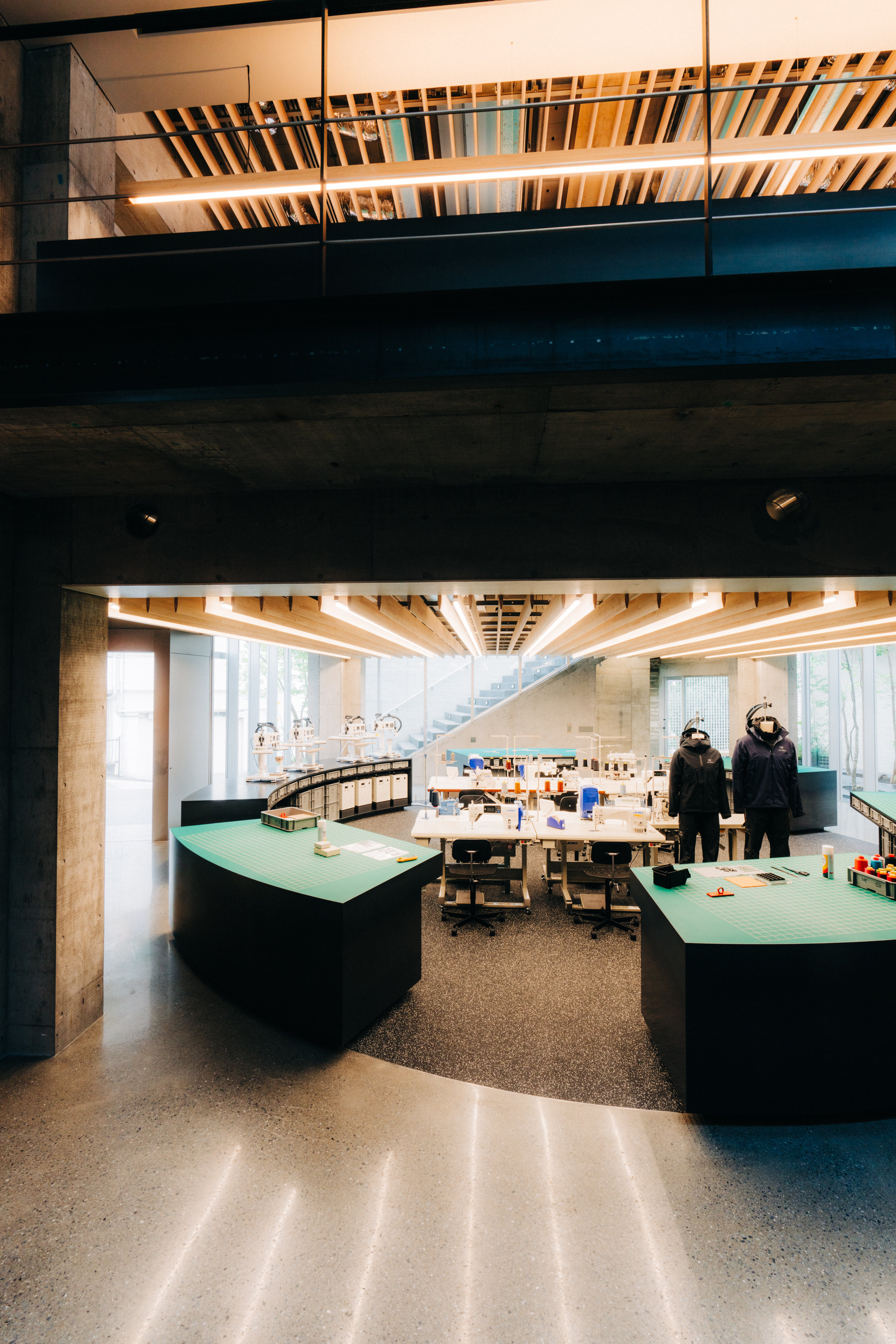
This resonates fully with the concept of the new TCC. Arc'teryx asked Torafu Architects to reimagine a four-level building in the Daikanyama neighbourhood with a focus on expressing the essence of the brand – its connection to the mountains. ‘In this project, we wanted to incorporate Japanese craftsmanship and technology, so we collaborated with various artists and craftspeople,’ says Koichi Suzuno, founder of Torafu Architects.
‘We drew inspiration from their skills and used that to evolve the design. We formed teams with people skilled in woodworking, indigo dyeing, furniture making, ironworks, landscaping, and more, discussing Arc'teryx while working together to create.’
Receive our daily digest of inspiration, escapism and design stories from around the world direct to your inbox.
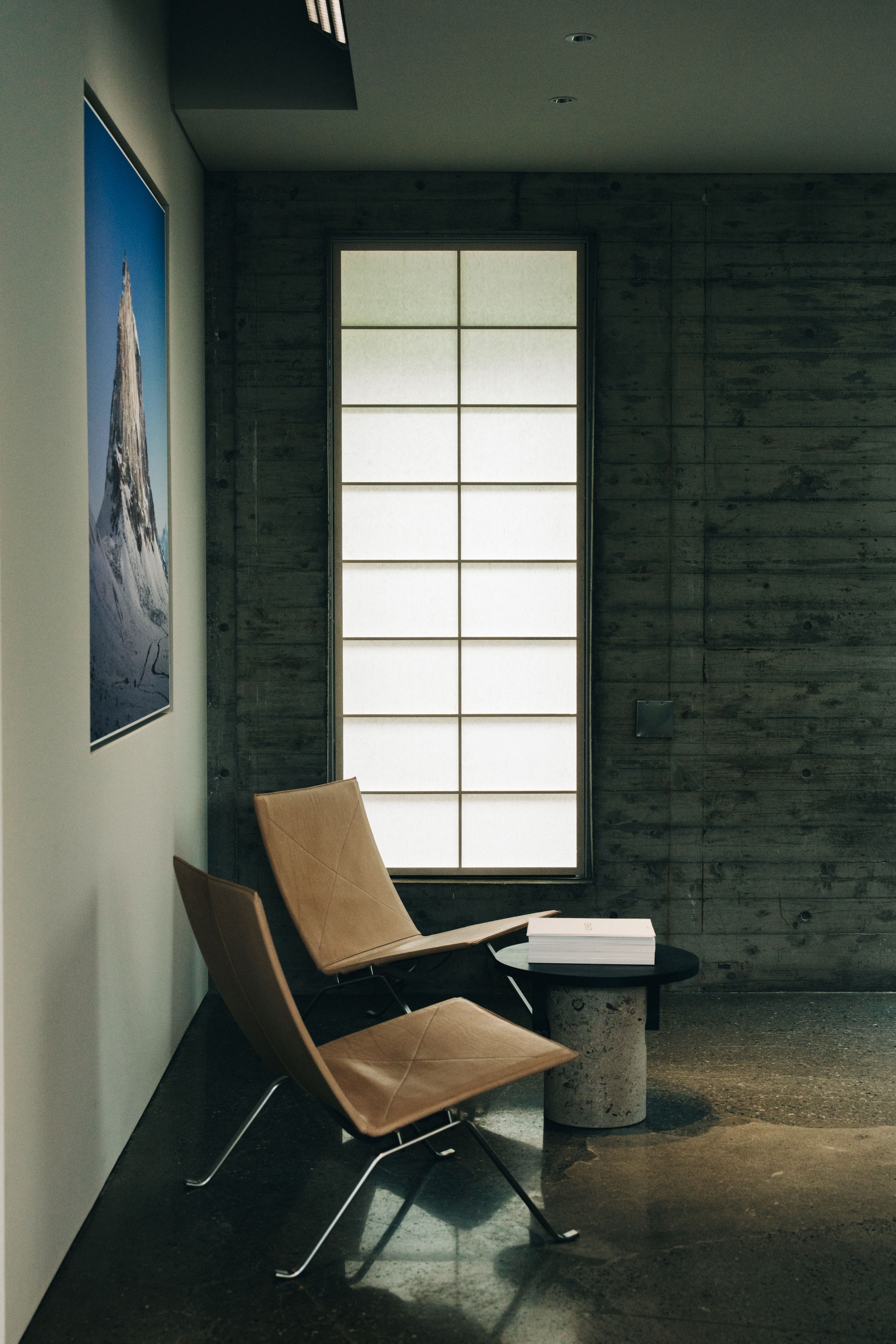
To that end, the top-level, open-air rooftop is also a Mount Fuji viewing space (on clear days) to inspire creative exchange. It comes complete with a hulking Yanase-cedar bench, positioned in an intimate circular formation. Below is the floor where the design team – a global collective of creatives and mountain athletes – are based. The ground level houses the equipment to develop prototypes – it’s here you will encounter the pattern makers, sewers, material specialists and project developers.
The building is flanked by outdoor space inspired by a blend of British Columbia’s coastal mountains and traditional Japanese gardens. In the basement is a multifunctional area where community events are hosted, and a conference room with a piece by washi artist Wataru Hatano, who based the work on the Kanji character ‘Yama’, meaning ‘mountain’ in English.
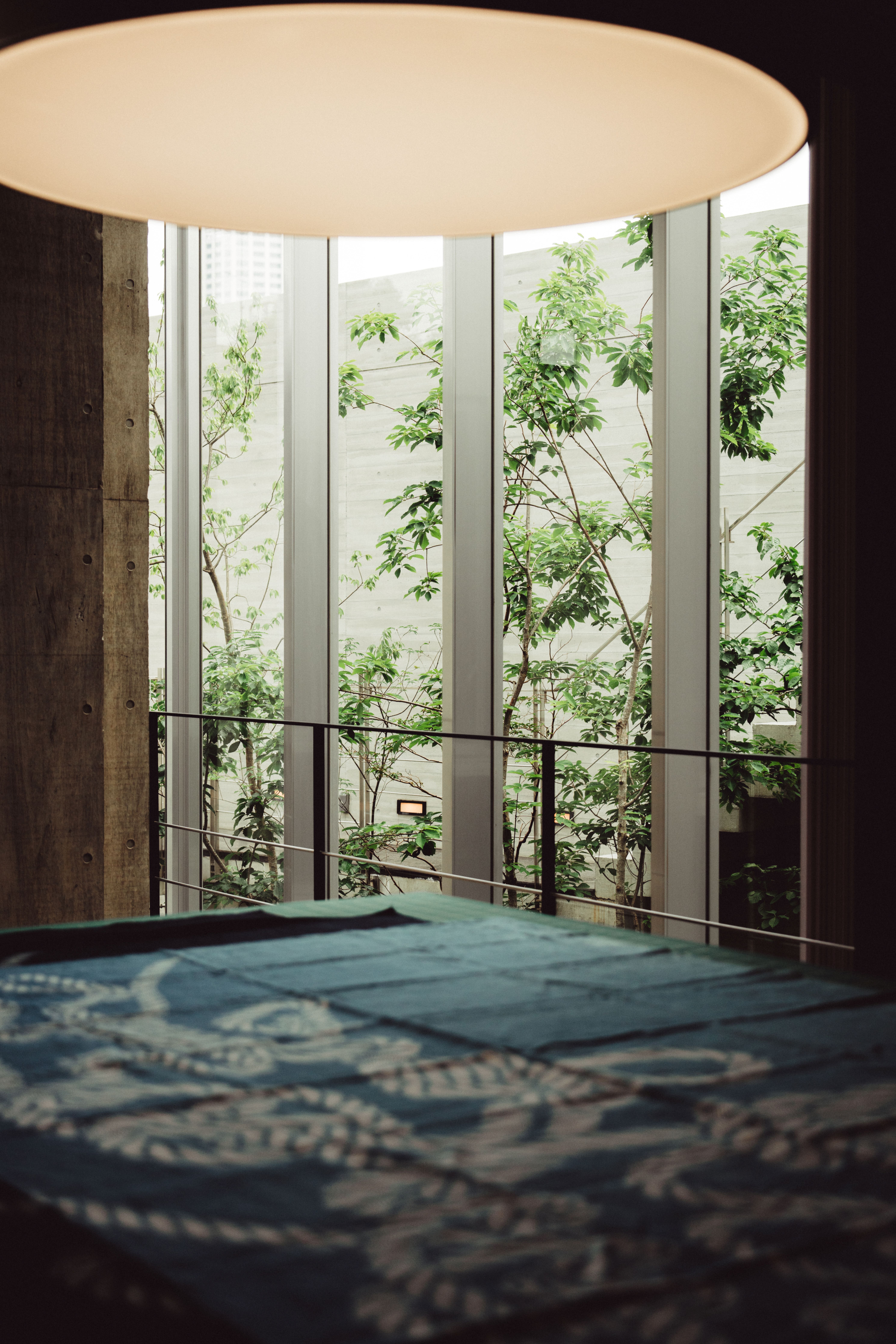
‘I think [this alignment with craft comes] from our DNA, it’s just who we are: like the term “otaku”, which is an obsessive, deep-dive focus into craft,’ says Howard Lichter, VP at the Arc'teryx Tokyo Design Center. ‘Even though our DNA is the coast mountains of BC, and Vancouver is our genesis, if a brand wants to grow, to evolve, to learn, they've got to get out of their point of origin – so it was inevitable that we came here to Tokyo.’
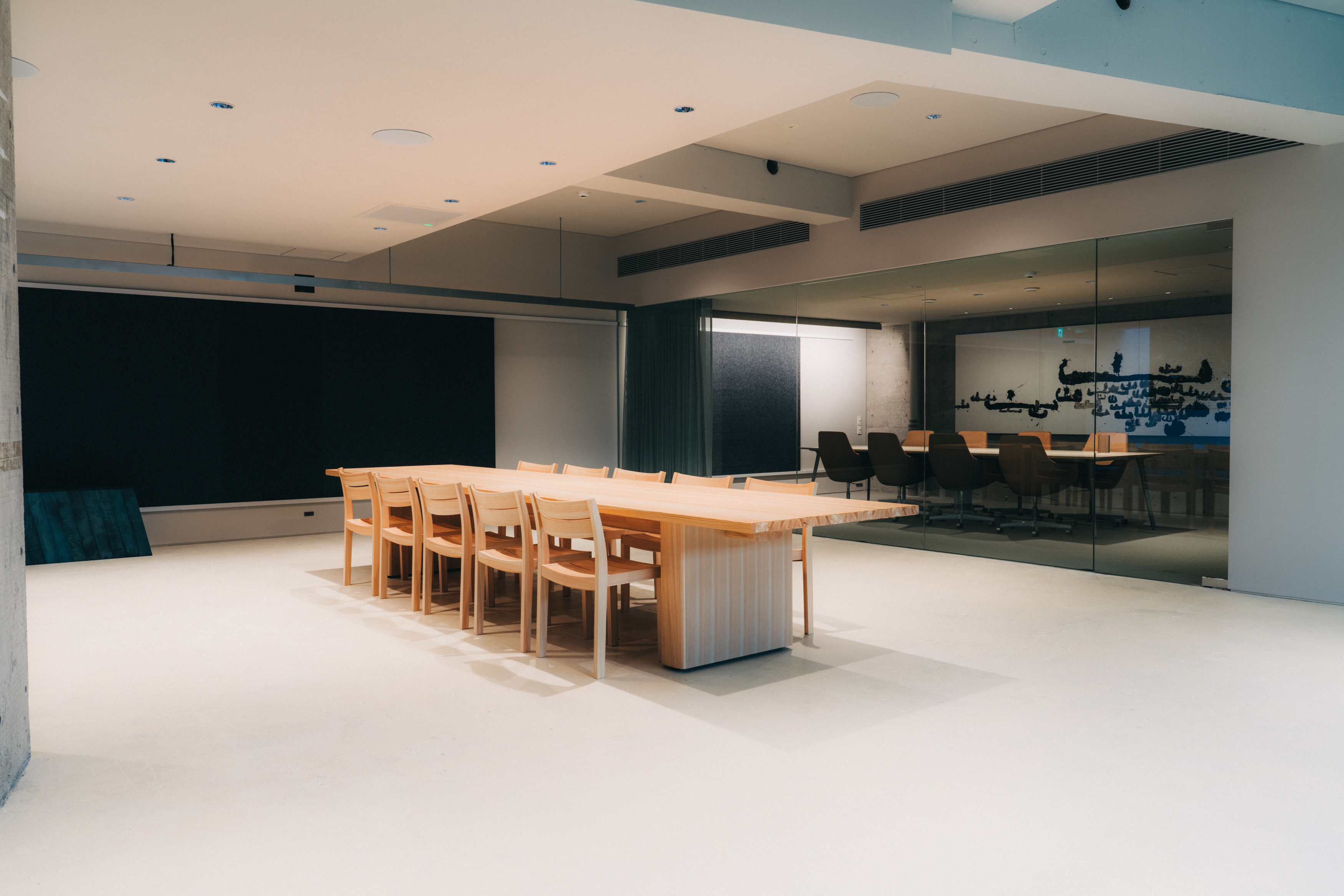
Arc'teryx already has its roots in the global epicentre for outdoor adventures, Vancouver; and a foothold in the international heartland for sports performance, the Pacific Northwest (the brand has a footwear office in Portland). Now, it has the world of craft covered in Tokyo. A solid trifecta that invites us all in – to see what divination Arc'teryx will come up with next.
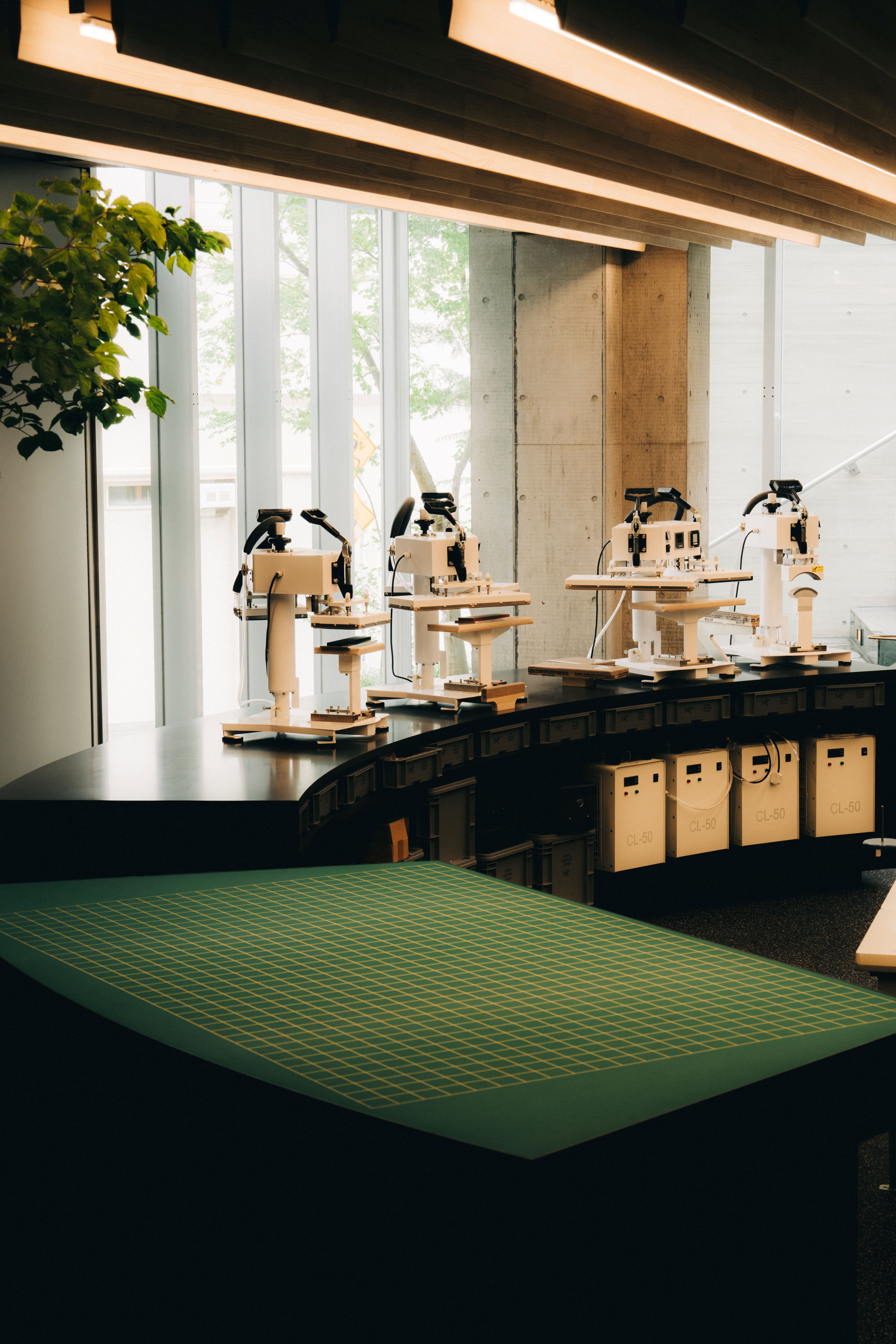
Arc'teryx Tokyo Creation Center, 1-Chome-4-10 Aobadai, Meguro City, Tokyo, 153-0042, Japan
Daniel Scheffler is a storyteller for The New York Times and others. He has a travel podcast with iHeart Media called Everywhere and a Substack newsletter, Withoutmaps, where he shares all his wild ways. He lives in New York with his husband and their pup.
-
 At last: a London hotel that’s great for groups and extended stays
At last: a London hotel that’s great for groups and extended staysThe July London Victoria, a new aparthotel concept just steps away from one of the city's busiest rail stations, is perfect for weekends and long-term visits alike
-
 Three new smartwatches showcase new frontiers in affordable timepiece design
Three new smartwatches showcase new frontiers in affordable timepiece designLong may you run: smartwatches from Withit, Kospet and OnePlus favour function and value above all else, demonstrating just how much the smartwatch has evolved in recent years
-
 Debuts, dandies, Demi Moore: 25 fashion moments that defined 2025 in style
Debuts, dandies, Demi Moore: 25 fashion moments that defined 2025 in style2025 was a watershed year in fashion. As selected by the Wallpaper* style team, here are the 25 moments that defined the zeitgeist
-
 Take a tour of the 'architectural kingdom' of Japan
Take a tour of the 'architectural kingdom' of JapanJapan's Seto Inland Sea offers some of the finest architecture in the country – we tour its rich selection of contemporary buildings by some of the industry's biggest names
-
 Matsuya Ginza lounge is a glossy haven at Tokyo’s century-old department store
Matsuya Ginza lounge is a glossy haven at Tokyo’s century-old department storeA new VIP lounge inside Tokyo’s Matsuya Ginza department store, designed by I-IN, balances modernity and elegance
-
 The Architecture Edit: Wallpaper’s houses of the month
The Architecture Edit: Wallpaper’s houses of the monthThis September, Wallpaper highlighted a striking mix of architecture – from iconic modernist homes newly up for sale to the dramatic transformation of a crumbling Scottish cottage. These are the projects that caught our eye
-
 Utopian, modular, futuristic: was Japanese Metabolism architecture's raddest movement?
Utopian, modular, futuristic: was Japanese Metabolism architecture's raddest movement?We take a deep dive into Japanese Metabolism, the pioneering and relatively short-lived 20th-century architecture movement with a worldwide impact; explore our ultimate guide
-
 A new Tadao Ando monograph unveils the creative process guiding the architect's practice
A new Tadao Ando monograph unveils the creative process guiding the architect's practiceNew monograph ‘Tadao Ando. Sketches, Drawings, and Architecture’ by Taschen charts decades of creative work by the Japanese modernist master
-
 A Tokyo home’s mysterious, brutalist façade hides a secret urban retreat
A Tokyo home’s mysterious, brutalist façade hides a secret urban retreatDesigned by Apollo Architects, Tokyo home Stealth House evokes the feeling of a secluded resort, packaged up neatly into a private residence
-
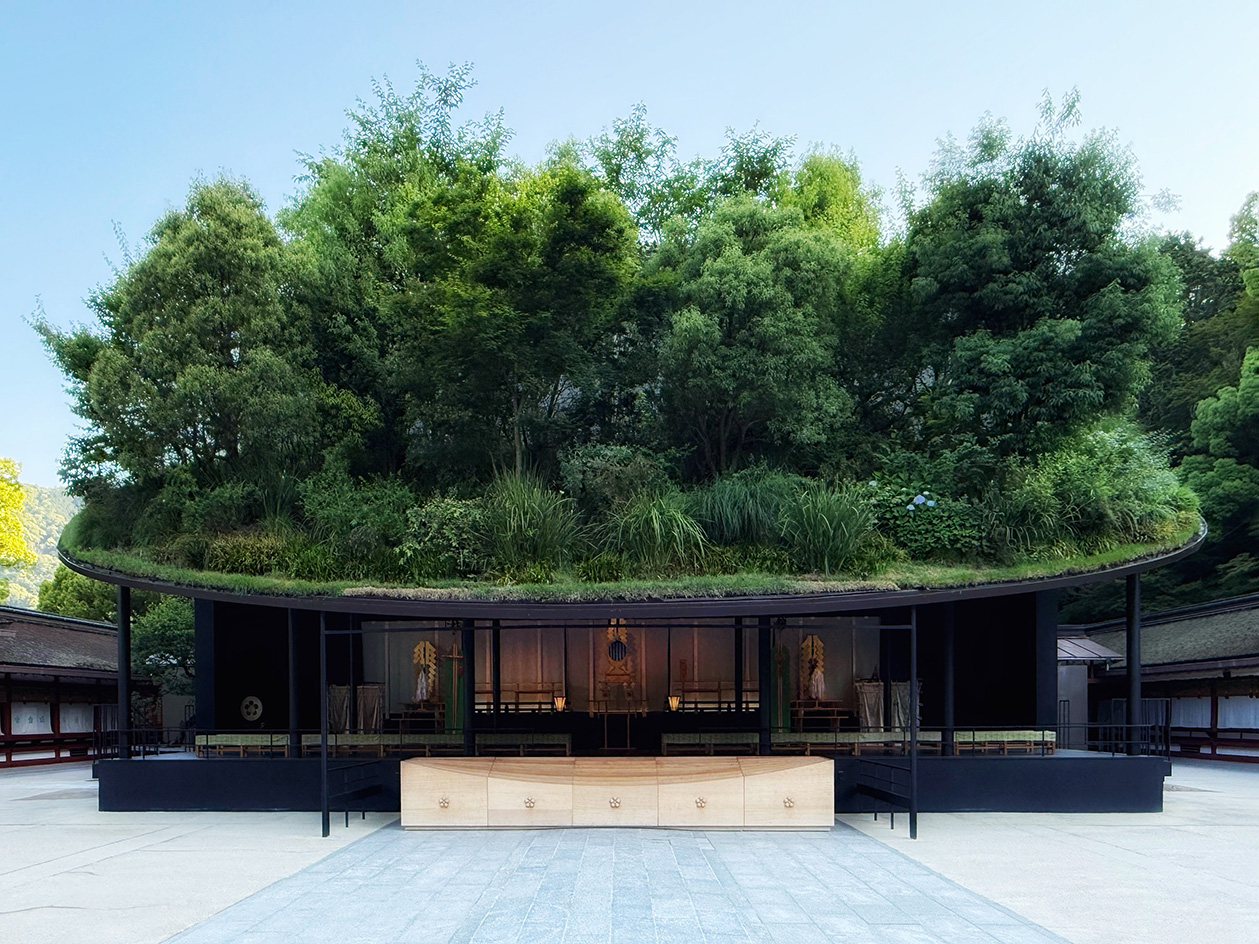 Landscape architect Taichi Saito: ‘I hope to create gentle landscapes that allow people’s hearts to feel at ease’
Landscape architect Taichi Saito: ‘I hope to create gentle landscapes that allow people’s hearts to feel at ease’We meet Taichi Saito and his 'gentle' landscapes, as the Japanese designer discusses his desire for a 'deep and meaningful' connection between humans and the natural world
-
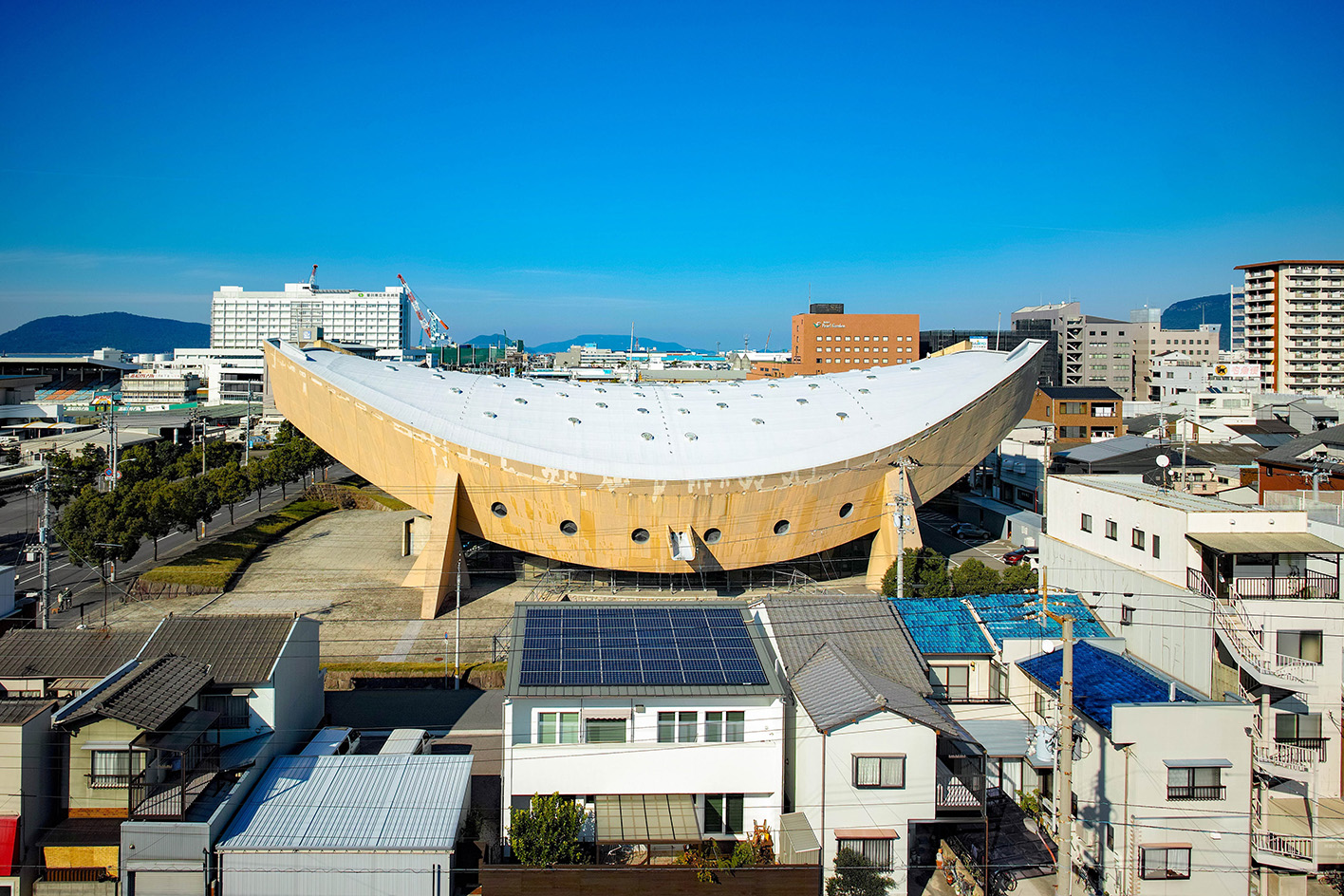 Campaigners propose reuse to save Kenzo Tange’s modernist ‘Ship Gymnasium’ in Japan
Campaigners propose reuse to save Kenzo Tange’s modernist ‘Ship Gymnasium’ in JapanThe Pritzker Prize-winning architect’s former Kagawa Prefectural Gymnasium is at risk of demolition; we caught up with the campaigners who hope to save it